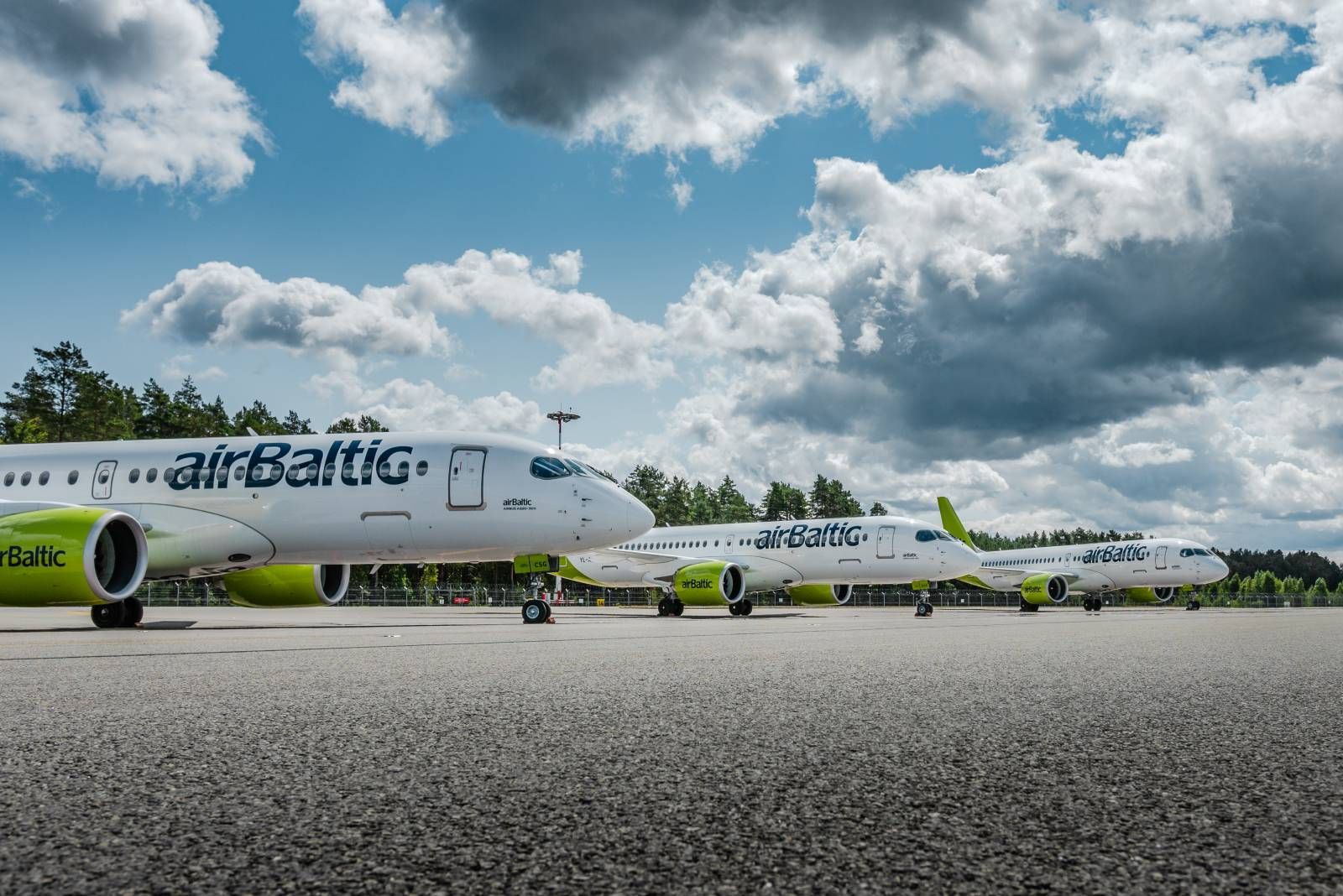airBaltic’s fleet is now made up entirely of Airbus A220s after phasing out and retiring its older types. Today, the Latvian carrier is the world's largest operator of the A220-300 and was in fact the launch customer for this variant. Despite the carrier having an extremely homogenous fleet of aircraft, there’s still a good deal of interesting history and strategy surrounding the airline’s decision to go with this popular little jet. As such, let’s today take an in-depth look at the airBaltic fleet.
An airline on the rise, despite headwinds
If you’re only now hearing about airBaltic for the first time, you’d be forgiven. The airline hasn’t yet operated any transatlantic services to North America - even if all of its current aircraft were built in Montreal and flew across the Atlantic to reach their new home.
Historically, though, the carrier had limited its operations to Europe, Central Asia, and parts of the Middle East. These days, the airline’s longest flights take it from Riga in Latvia to Tenerife in the west and Dubai in the east. Both flights outbound currently take around six and a half hours while the flight back from Dubai can take as long as seven and a half.
This wasn’t the case before February 2022. However, Russia’s invasion of Ukraine and subsequent airspace bans have forced the carrier to fly a longer route. Normally, the airline’s A220s would have operated much of this flight through Russian airspace, but these days, the aircraft must not only avoid Russia but also Belarus and Ukraine.
While the airline has decided to ax its services to Armenia and Azerbaijan due to these developments, other services are able to continue, something that airline CEO Martin Gauss attributes to the fuel efficiency of the Airbus A220. Here are some of the things he had to say during an interview in March:
"Therefore, with the higher fuel cost, our best offset against this is the Airbus A220-300, because we have 25% less fuel burn this year than we've had in the years when we were using different aircraft."
So it’s clear that airBaltic is happy with its fleet of Airbus A220s, but how did this love affair begin? And what growing pains did it experience along the way?
Getting to 2022 and the A220
It was actually about a full decade ago that airBaltic signed a letter of intent for up to 20 Bombardier CSeries aircraft. This would see the airline acquire 10 CS300s and take purchase rights on a further 10 CS300 jetliners. Here's what CEO Martin Gauss had to say at the time:
“As we look to replace the older aircraft in our fleet, matching the requirements of our business plan, we reviewed the narrowbody platforms from the major airframers and determined that the all-new CS300 aircraft was the best fit.”
The older aircraft Gauss was referring to consisted of Boeing 737-300s and 737-500s. At the time of the announcement, some of these jets were around 20 years of age. Due to the fact that the CSeries was still under development at the time and would not enter service until 2017 with SWISS, it was important for airBaltic to have a modern replacement lined up to take over from its aging 737s.
The July 2012 letter of intent would eventually turn into a firm order in December of the same year. At this point in time, the airline was expecting to receive its first CSeries aircraft in the fourth quarter of 2015. Speaking on the aircraft’s progress and his anticipation for a first delivery Gauss had to say at the time:
We are currently limited with our aircraft to either 70 seats or 145 seats. The CS300 will be replacing our older aircraft. The CSeries will be a game-changer. If you look at the cockpit, it's brand new - everything is new. There's space in the cabin, there's widebody comfort: Big overhead bins. Efficient aircraft. We're looking forward now to receiving the CS300 as we would look to fly it and use it with our passengers."
Along the way, the CSeries program faced delays, but airBaltic held on. In November 2015, it was stated that the airline was expecting to take delivery of its first CS300 in the second half of 2016. By this point, the airline had adjusted its order, committing to a firm order for 13 and retaining options for seven. Months before the first CSeries entered service with airBaltic, the airline moved to exercise its options for seven aircraft, converting them into firm orders.
The adjusted timeline for entry-into-service held true and airBaltic operated the first-ever commercial flight of the CS300 as the variant’s global launch customer. The successful December 2016 flight took 120 passengers from Riga to Amsterdam, paving the way for more Bombardier aircraft to be delivered.
2017 would be the true test of the CS300’s ability to perform consistent and reliable commercial service. During this year, airBaltic flew the aircraft to European destinations like Amsterdam, Barcelona, London, and Paris, but also launched its longest direct service with the CS300, flying between Riga and Abu Dhabi. It was also in 2017 that the Latvian carrier set a new world record- its newest CS300 turnaround for the first commercial flight took only 50 minutes after being delivered from Canada!
On its one-year anniversary of operations, the airline had taken delivery of seven of the Bombardier jets.
From the CSeries to A220
Things were looking great for airBaltic. But it was a different story on the other side of the world for the CS300’s designer and producer, Bombardier. The Canadian planemaker would be embroiled in a bitter dispute with Boeing after winning a significant order from Delta Air Lines.
Accusing Bombardier of illegal trade practices, Boeing convinced the US Department of Commerce to impose a 220% tax on every CSeries aircraft sold in the United States. While the US International Trade Commission would eventually rule in Bombardier’s favor and overturn the tariffs, the planemaker had already agreed to essentially give Airbus a controlling stake in the CSeries program to ensure its survival. Back in Europe, however, airBaltic was unaffected by the turmoil, seemingly doing well with its handful of brand-new Bombardier aircraft.
Seemingly thrilled with the results of its shiny new investments, the carrier moved to order even more of the CSeries aircraft. In May 2018, the carrier made a firm purchase of 30 with options for an additional 30. At the same time, the carrier made it clear that it wanted to go all-in on this aircraft, and phase out other types that it was operating. This would see airBaltic eventually end its use of the Bombardier Dash 8 Q400 turboprop, of which it had 12.
By the end of 2018, the airline would have 14 CS300s, and 22 by 2019. Of course, by now, airBaltic would no longer be operating the Bombardier CSeries. This, of course, would be due to Airbus taking a controlling stake in the aircraft program in 2017 and rebranding the aircraft as the A220 less than a year later.
A220 growing pains
While airBaltic’s experience with the Airbus A220 has been fairly good - two years of steadily operating the type would reveal issues with its next-generation Pratt & Whitney geared turbofan engines. In October 2019, SWISS grounded its entire fleet of Airbus A220 aircraft pending detailed engine checks. The Swiss carrier encountered a third serious engine issue in the space of four months and thus decided that none of its A220 aircraft were to fly until detailed checks had been undertaken.
With this disappointing news emerging, it was revealed that airBaltic had been experiencing engine issues with its A220s as well. Indeed, in its first two years of operating the type, the airline was reported to have replaced 50 engines! Having just 13 aircraft during that period, this meant that almost every engine was replaced twice on average. Of course, it’s more likely that the carrier’s older aircraft would have had more engine changes, while newer aircraft would have had fewer. The airline told Simple Flying that engine replacements were taking place due to a variety of reasons, including planned and scheduled replacements.
airBaltic would go on to experience two public incidents concerning its A220 engines. One took place in February 2020 when a flight from Riga to Malaga had to divert to Bordeaux due to an engine failure. Then, in July 2021, an airBaltic A220 automatically shut down both engines immediately after making contact with the runway. While there were no injuries and the landing was performed safely, such an occurrence was certainly a cause for concern.
Growing the A220 fleet, phasing out older types
Shortly after the first engine incident, however, the pandemic would take its toll on the aviation industry, and airBaltic (like most other airlines) would be forced to ground most of its fleet due to travel restrictions and a lack of passengers. During this period, the carrier’s 12 Dash 8 turboprops would go into storage. Two full years have passed and all of these aircraft remain in storage in Riga, unlikely to ever fly for airBaltic again.
With industry recovery now well underway, the airline now has 34 A220-300s in its fleet with another 16 yet to be delivered. The all-A220 fleet’s average age now sits at about three years with its most recent being delivered in April 2022 - at least at the time of this article’s publication.
Three special A220s
Three of the airline’s A220s sport fairly unique liveries apart from the standard lime green and white. These jets have been repainted in special liveries to reflect the unique DNA of airBaltic and the Baltic nations - Lithuania, Latvia, and Estonia. The first special livery aircraft actually made its debut in 2018, when airBaltic unveiled an aircraft featuring the flag of Latvia. This was a gift from the airline to Latvia on the country’s centenary. In addition to the design, the aircraft itself bears the name of Latvia’s capital city, Riga.
The additional two aircraft sporting the flags of Estonia and Lithuania were unveiled during a special event in August 2019 to commemorate the 30th anniversary of the Baltic Way, which was a record-long human chain that connected all three countries in August 1989 in a peaceful demonstration for national independence.
A220s continue to pay off for airBaltic
In much more recent news for airBaltic and its fleet, the carrier received approval in April to increase the seating capacity on its A220-300 fleet to 149 passengers. Having an initial capacity of 145 seats, this change in the certified maximum passenger capacity means that the airline can unblock seats in its aircraft cabins that were, up until now, unavailable for passenger usage.
At the moment, not all airBaltic A220s are flying for the airline. Indeed, SAS has recruited the airline and its jets to fly select European services on its behalf. The decision was prompted by the Scandinavian carrier suffering from crew shortages and a potential strike from pilots over salary cuts. Earlier in the year, two A220s were also wet-leased to German carrier Eurowings. Commenting on these deals and the appeal of his carrier’s jets, CEO Martin Gauss said:
"There's a very significant demand for A220 aircraft, especially the -300 version. So I guess if we would try, we could lease out the whole of our fleet this year... The demand is not only coming from Europe. We have global demand for the aircraft, and [we are] working now on some of the winter leads in different continents."
Apart from engine concerns, it appears that the A220 has been performing well for airBaltic. Given its exceptional fuel efficiency and its positive reputation for passenger comfort, it looks like the airline’s big bet on the CS300 - or A220 - paid off handsomely.
But what do you think? Did the airline take an acceptable level of risk in becoming so dependent on a single aircraft type that was completely new? Share your thoughts and opinions by leaving a comment!

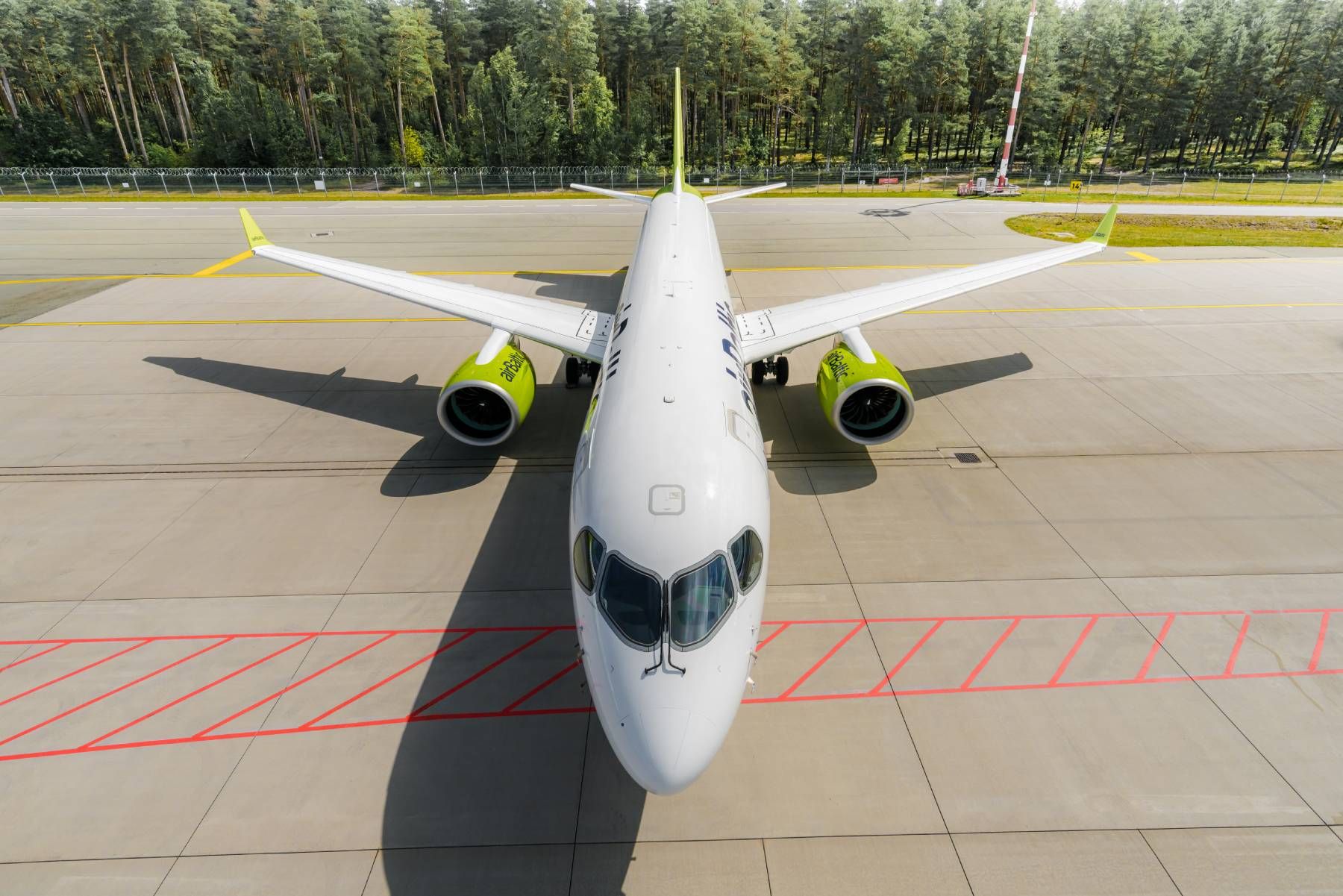
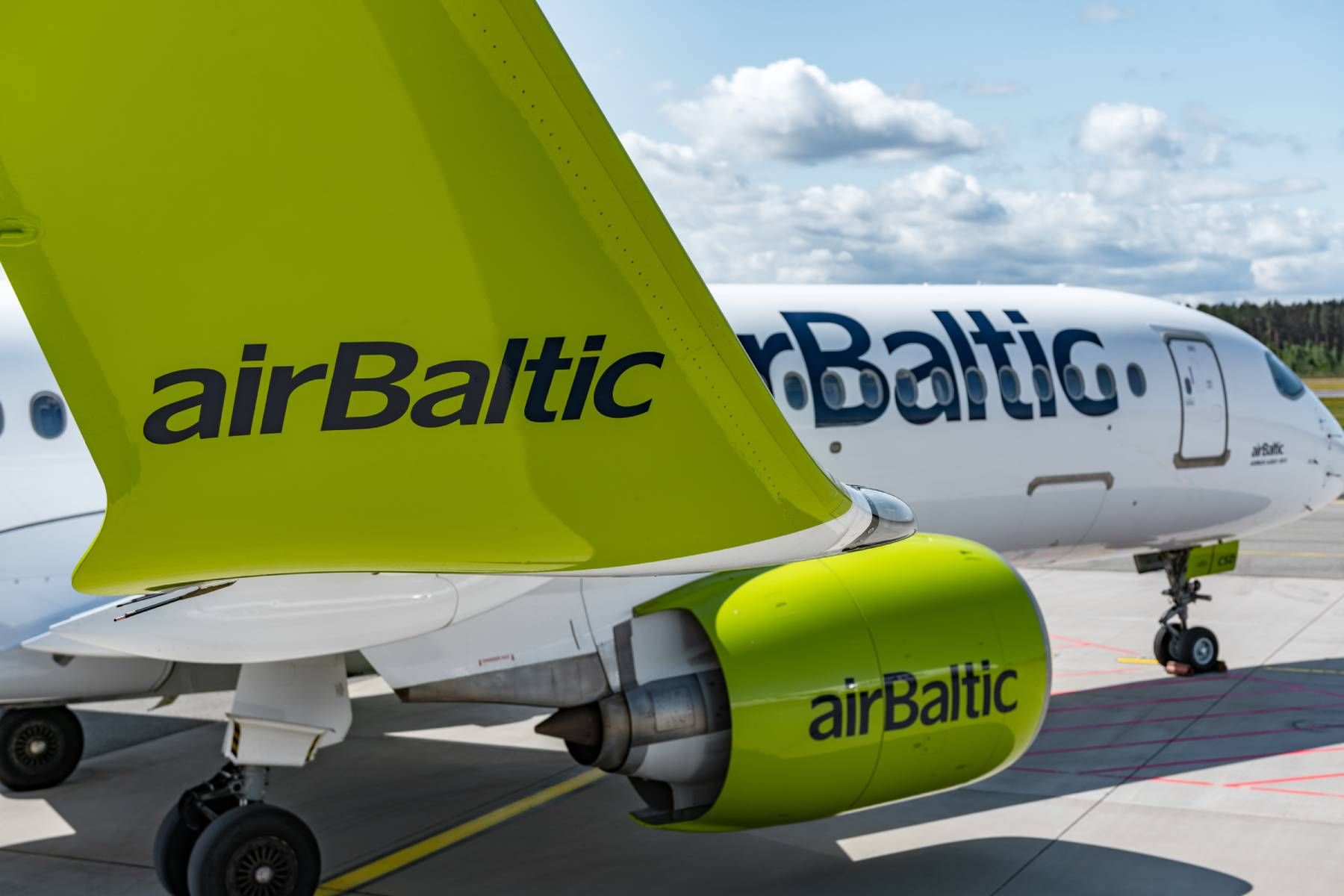
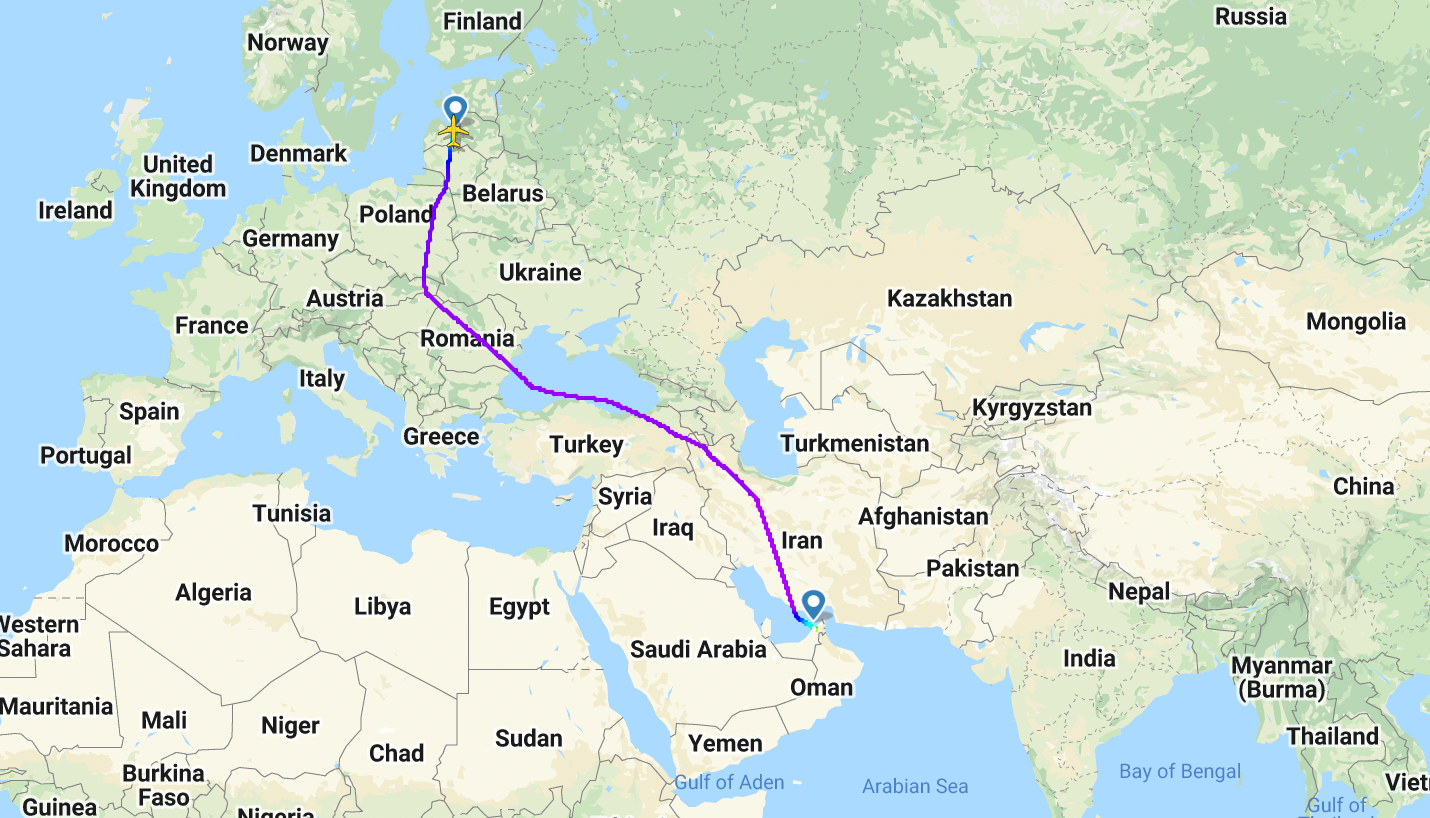
.jpeg)
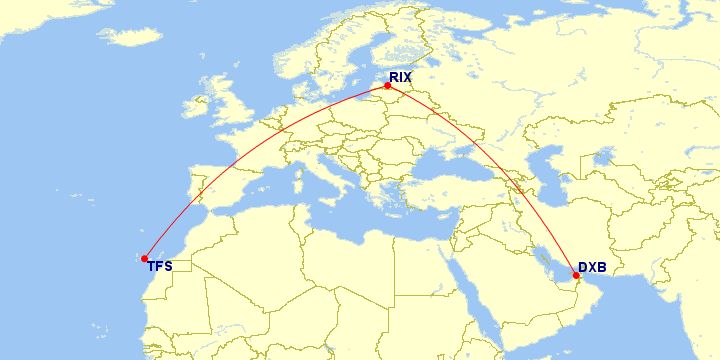
.jpeg)

.jpeg)

